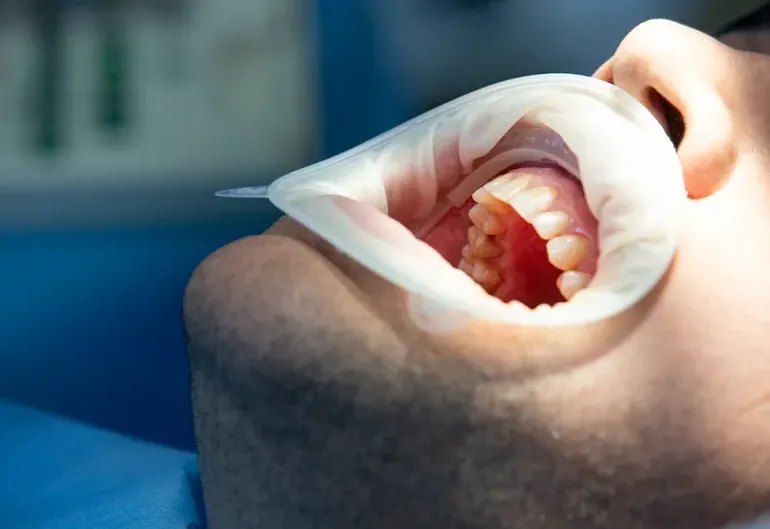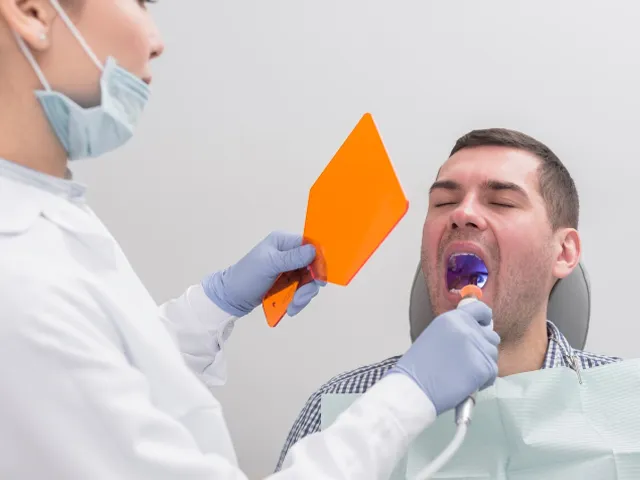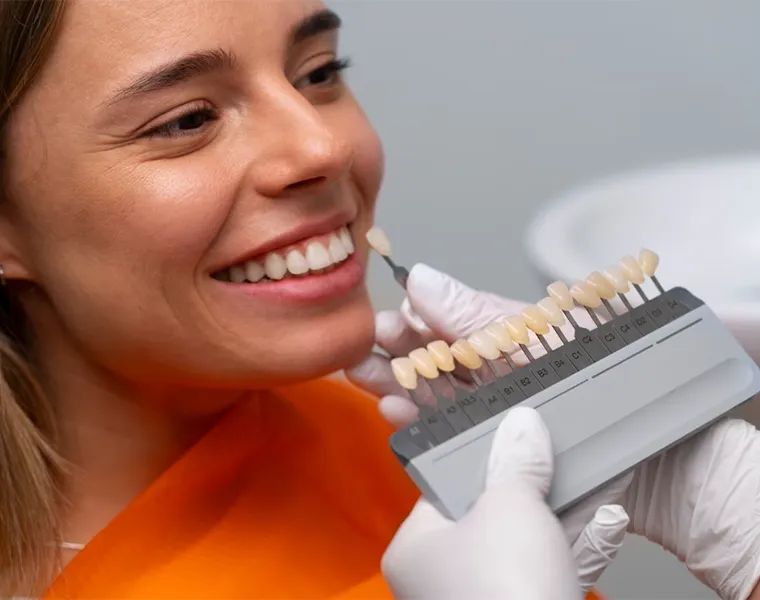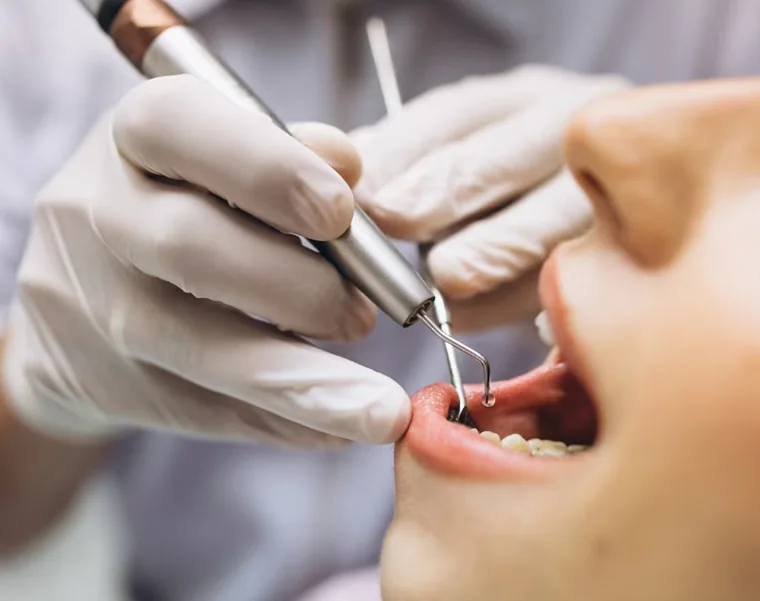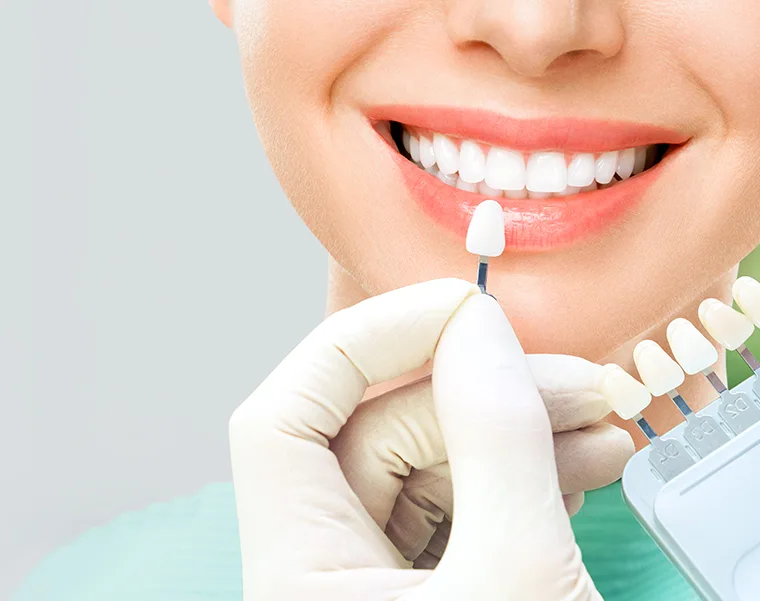What Causes Gum Recession? Gum recession refers to the condition where the gums move away from the root surfaces of the teeth. This results in the loss of the teeth’s hard tissue support and can stem from various factors.
What Causes Gum Recession? Gum recession can have multiple causes. The most common ones are poor oral hygiene, aggressive tooth brushing, and gum diseases such as gingivitis. Additionally, smoking, hormonal changes, genetic factors, and habits like teeth grinding can also contribute. Gum recession can occur when one or several of these factors come together.
Symptoms of Gum Recession
Gum recession typically manifests with certain symptoms, often associated with changes in the gums. Here are the common signs of gum recession:
Gum Tissue Receding: The most common sign is the gums moving away from the root surfaces of the teeth. This results in the teeth appearing longer and the roots being exposed.
Increased Gaps Between Teeth: With gum recession, the gaps between teeth can become more pronounced, indicating more space between the teeth than usual.
Tooth Sensitivity: Gum recession can lead to the exposure of the tooth roots, making them more sensitive. Increased sensitivity can occur when consuming hot, cold, or sweet foods.
Changes in Tooth Length: Gum recession can cause a change in the visible length of the teeth. Teeth may appear longer because a portion of the tooth roots is exposed.
Changes in Gum Color: Gum recession may result in changes in gum color. They may appear paler or darker than usual.
Gum Bleeding: Gum recession is often associated with gum inflammation. In this case, the gums become sensitive, and bleeding may occur when brushed or flossed.
If you experience any of these symptoms, it’s important to consult a dentist. Early diagnosis and treatment can stop the progression of gum recession and preserve dental health.

How to Fix Receding Gums?
Can Gum Recession Heal Itself? Gum recession usually does not heal on its own. However, with proper treatment and regular dental check-ups, the progression of the condition can be halted and even reversed. Early diagnosis and treatment are crucial because if left untreated, damage can become permanent.
The key to preventing and treating gum recession is to practice regular and effective oral hygiene. Brushing your teeth at least twice a day, using dental floss or interdental cleaners, attending regular dental check-ups, and adopting a healthy lifestyle can help maintain gum health. Additionally, avoiding bad habits like smoking and reducing stress are also important.
What Vitamin Deficiency Causes Gum Recession?
Sometimes, gum recession can be attributed to vitamin deficiencies. Particularly, a deficiency in vitamin C can negatively affect gum health and lead to gum recession. Vitamin C is an antioxidant that helps keep the gums strong and supports the immune system. A balanced diet can prevent vitamin C deficiency and preserve gum health.
How Is Gum Recession Treated?
The treatment of gum recession varies depending on the severity and causes of the condition. A dentist can perform professional dental cleaning to remove plaque and treat infections. In severe cases, surgical interventions like gum grafting may be necessary. However, if treated in the early stages, gum recession can be reversed, and its progression can be prevented.
In conclusion, gum recession can stem from various factors, and its treatment is essential. Maintaining proper oral hygiene habits and regular dental check-ups can help preserve gum health. Periodontology specialists conduct comprehensive examinations to diagnose gum diseases. If you experience symptoms of gum recession, it’s important to consult a dentist as soon as possible.
For detailed information on dental and gum diseases, you can reach out to Libredent.
